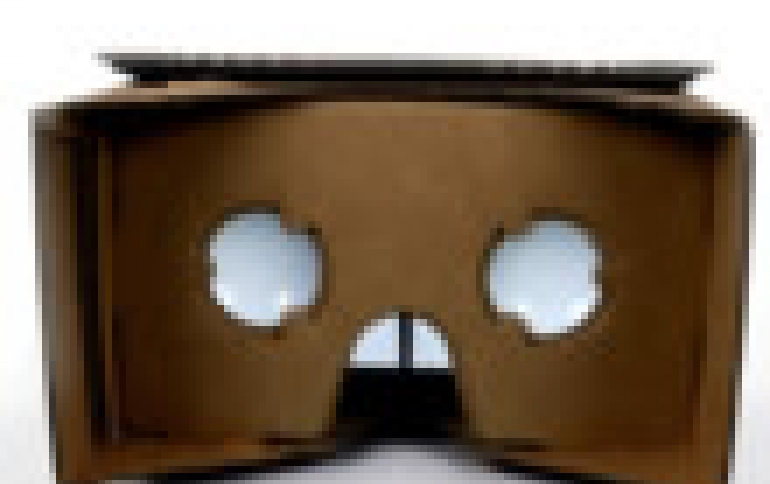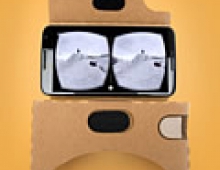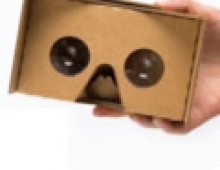
Google Cardboard Brings Fun And Virtual Reality Using Your Smartphone
While companies like Oculus VR are burning through funds designing headsets that require expensive, specialized hardware and OLED displays, Google has been playing with scissors, elastic bands and magnets instead. Google's Cardboard project allows everyone to experience virtual reality in a simple, fun, and inexpensive way.
A group of VR enthusiasts at Google experimented with using a smartphone to drive VR experiences. The result is Cardboard, a no-frills enclosure that transforms a phone into a basic VR headset, and the accompanying open software toolkit that makes writing VR software as simple as building a web or mobile app.
By making it easy and inexpensive to experiment with VR, Google hopes to encourage developers to build the next generation of digital experiences and make them available to everyone.
You can create a VR viewer from everyday items you can find in your garage, online or at your local hardware store. Cardboard is the basic element, and your Android handset replaces a fancy OLED screen. You should also use lenses that have a 40mm focal distance, one neodymium ring magnet and one ceramic disk magnet.
The rest needed to complete your VR viewer are regular strength adhesive-backed velcro and one sticker NFC tag.
You should also download the design templates. Once the headset has been constructed, install the cardboard app on your handset, tap the handset against the NFC tag and slot it into the headset. Then you can watch YouTube videos or take a virtual tour around Paris.
Cardboard works with most modern Android phones. Phones need to be running Android 4.2 (Jelly Bean) or above. Ideally they should support NFC too.
For more information visit https://developers.google.com/cardboard/



















